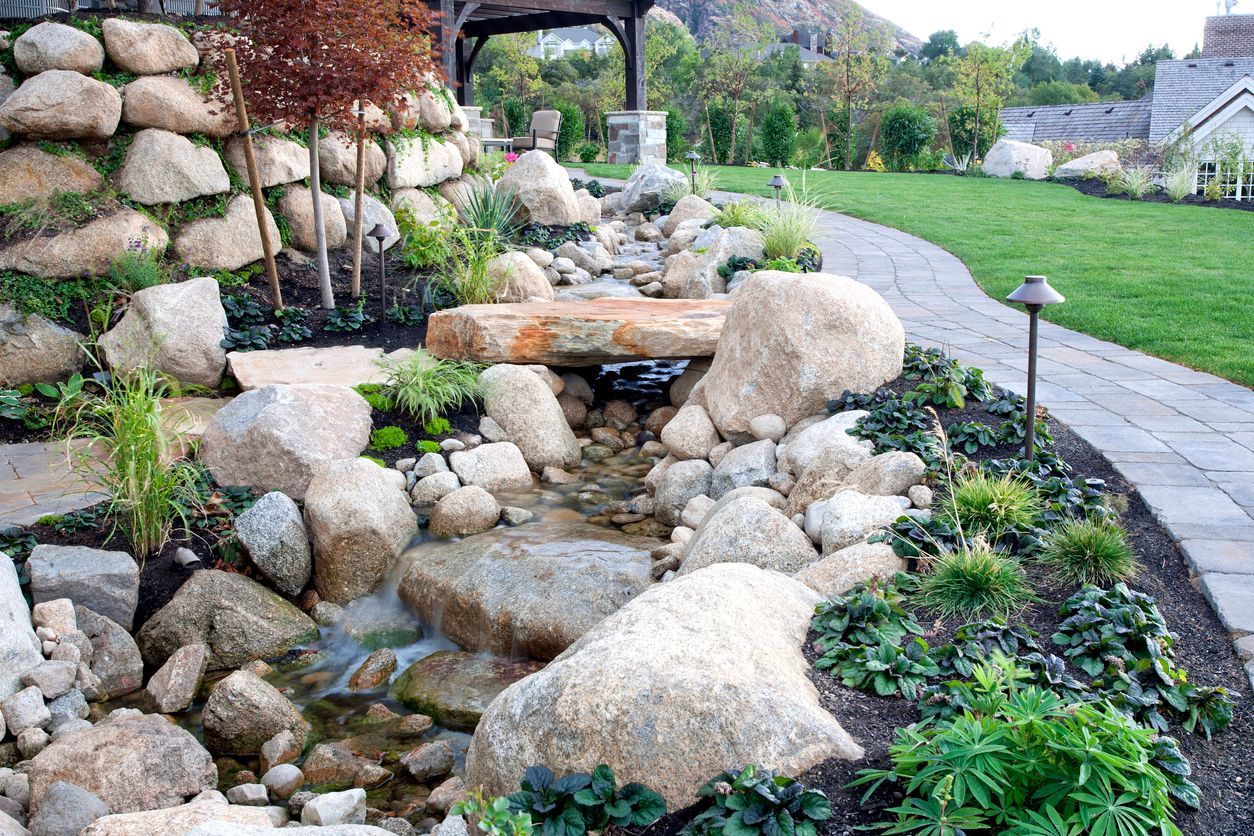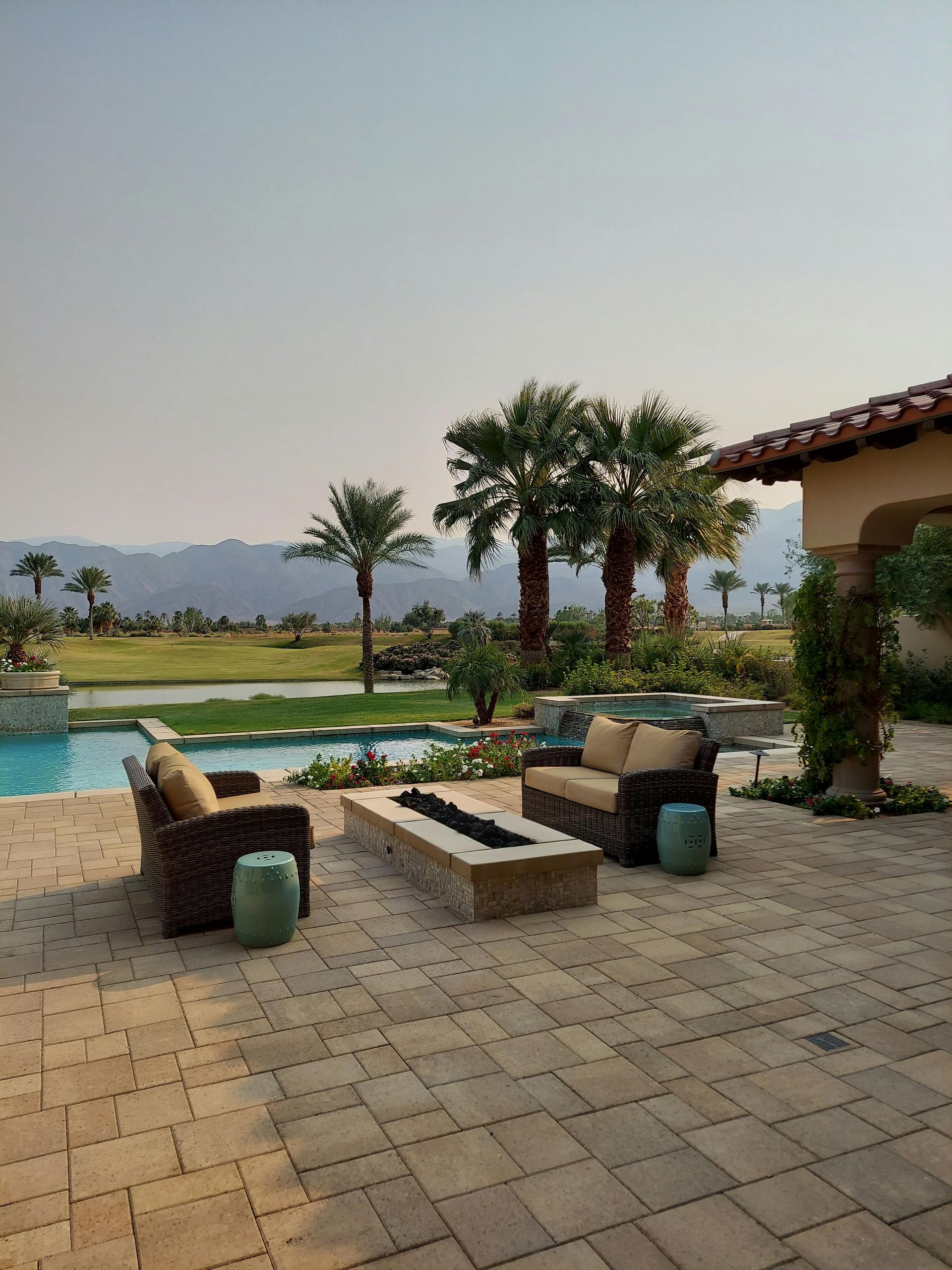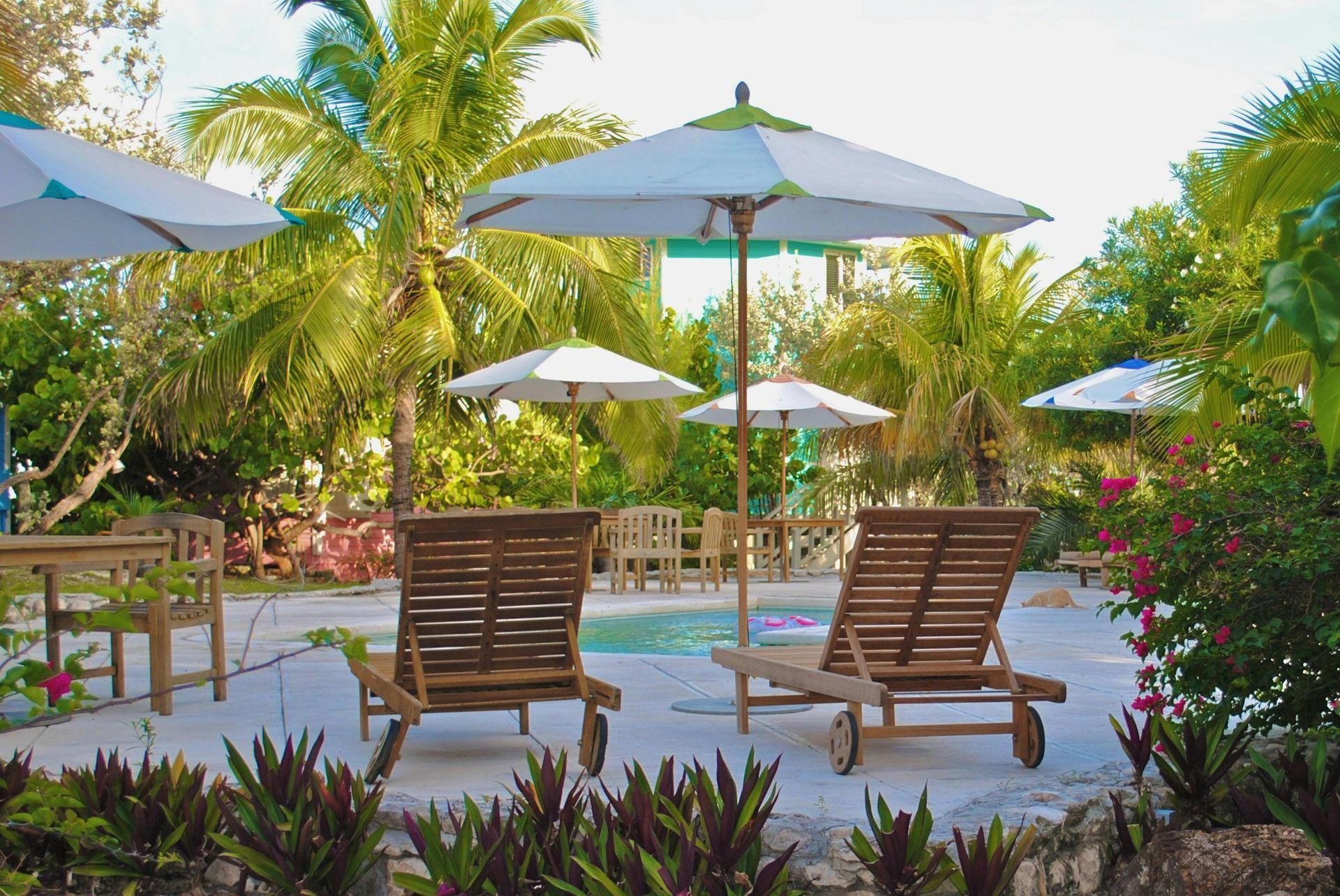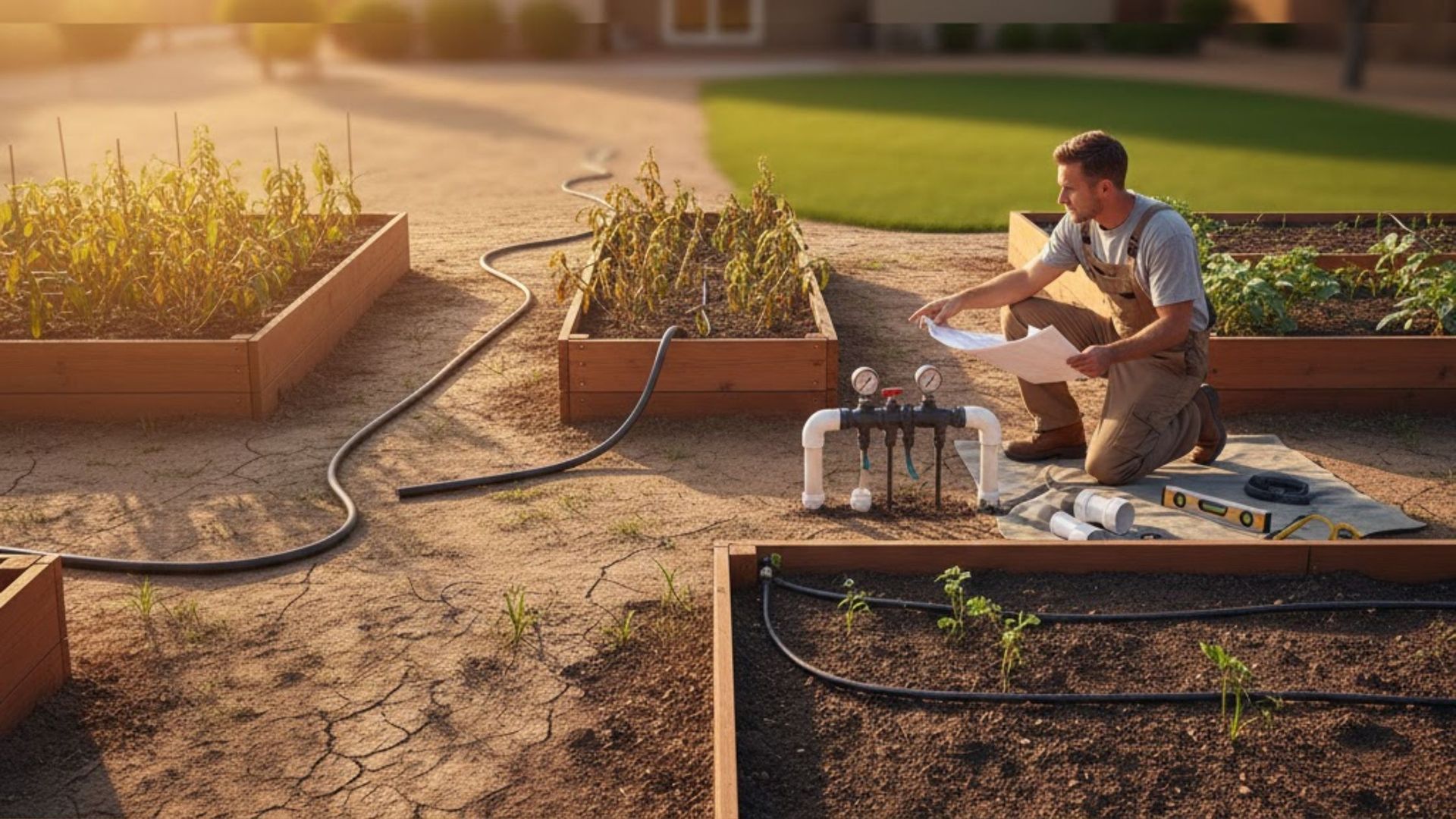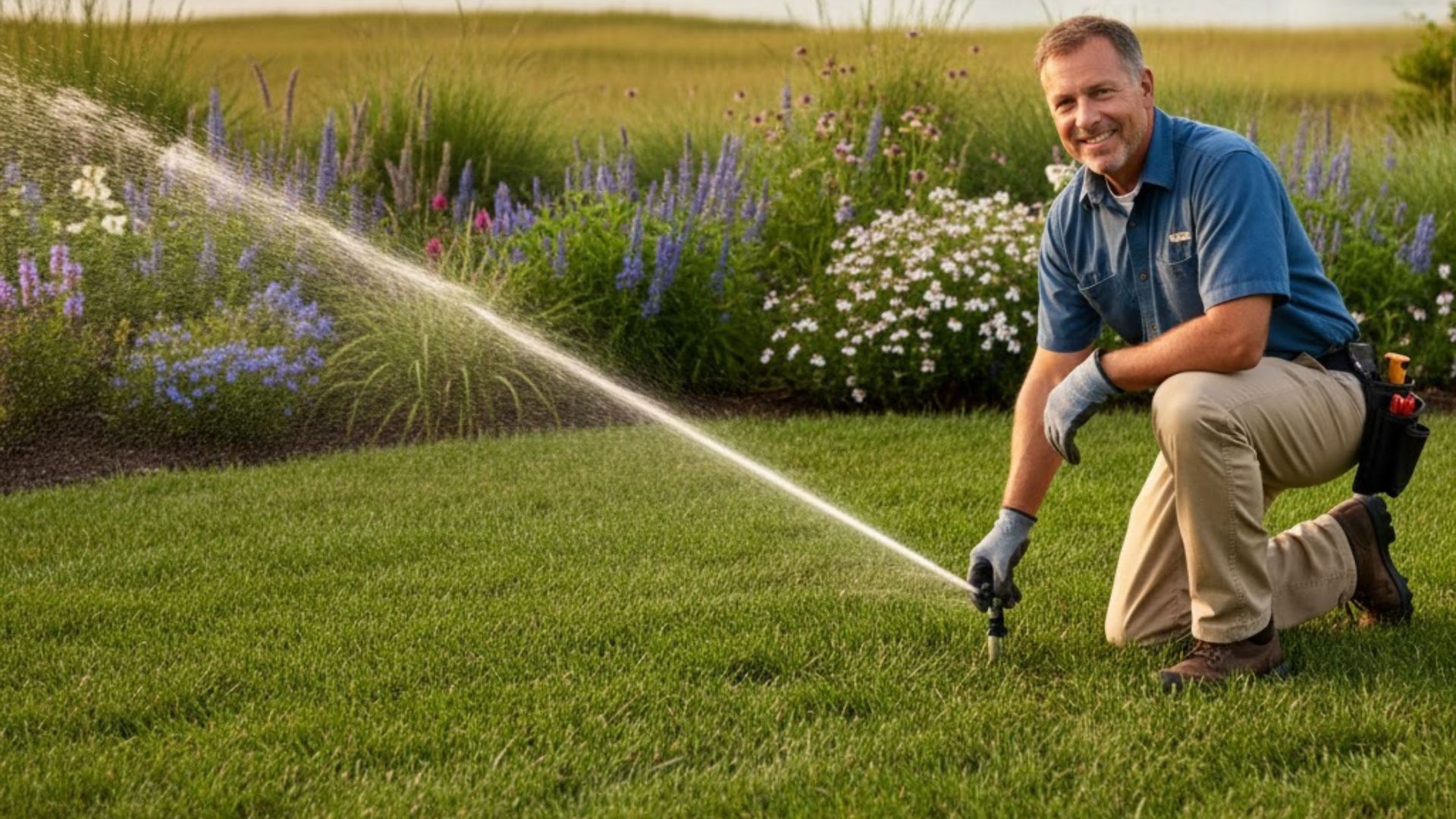How Does Coastal Salinity Affect My Irrigation System in Hampton Roads?
Coastal properties in Hampton Roads face unique irrigation challenges, from saline intrusion to relentless salt spray carried by Atlantic winds. An Irrigation Company Hampton Roads client understands that elevated sodium and chloride levels in soil and water can disrupt system performance and plant health. As seaward tides rise and brackish groundwater wells up into landscapes, homeowners and landscape managers alike must adapt sprinkler design, scheduling, and maintenance routines. Exploring the science behind salt accumulation, plant physiology, and equipment susceptibility lays the groundwork for resilient irrigation solutions throughout Tidewater Virginia.
Is saline soil a problem in Virginia?
Irrigation Company Hampton Roads customers often witness salt buildup in soils within 30–50 feet of the shoreline, along brackish estuaries, and near roads treated with de-icing agents. Though Virginia’s average annual rainfall of 43 inches typically flushes soluble salts, specific coastal microclimates and storm-driven surge events can concentrate sodium chloride in the root zone. Soil tests measuring electrical conductivity (EC) in parts per million (ppm) reveal baseline salinity: values above 1,000 ppm signal medium risk, while levels beyond 2,000 ppm demand immediate mitigation. Recognizing these site-specific variations allows irrigation specialists to tailor system design, selecting salt-tolerant emitters and corrosion-resistant materials.
What causes high salinity in Hampton Roads coastal soils?
Hampton Roads landscapes contend with multiple salt sources: ocean spray, tidal flooding, de-icing runoff, and brackish well water. During nor’easters or hurricanes, airborne droplets laden with Na⁺ and Cl⁻ ions coat leaves and soil surfaces, causing salt spray damage irrigation concerns. Subsurface intrusion of saline groundwater further elevates soil salinity when wells draw from shallow aquifers connected to the Chesapeake Bay and tidal rivers. Additionally, winter road treatments deposit rock salt within pavement runoff pathways, concentrating chlorides near curbside plantings. Under repeated light irrigation without proper leaching, soluble salts accumulate, degrading soil structure and reducing porosity.
Organic matter amendments such as compost and biochar can improve soil aggregate stability, counteracting salt-induced compaction. Sandy loam soils respond well to gypsum (calcium sulfate) applications, which replace sodium ions on clay colloids with Ca²⁺, restoring permeability and promoting drainage. Strategic placement of French drains and grade adjustments also redirect saline water away from sensitive zones, safeguarding root environments. Continual monitoring through EC probes guides targeted leaching events, flushing excess salts below root depth while maintaining optimal hydration.
Homeowners seeking cost estimates for system upgrades often consult the Irrigation System Cost Guide to understand budgeting for salt-tolerant valves, HDPE piping, and automatic flushing assemblies.
How does saline water impact plants in irrigation systems?
When sprinkler or drip lines deliver brackish water—water with higher dissolved solids than potable sources—sodium and chloride ions interfere with the osmosis-driven water uptake in plant roots. Excessive sodium alters cell membrane permeability, causing dehydration despite adequate soil moisture. Symptoms manifest as marginal leaf burn, chlorosis, stunted growth, and eventual necrosis. Sensitive species like azaleas and Japanese maples exhibit acute tip damage, while halophytes such as sea lavender and saltbush thrive under similar conditions.
Plants adapt through specialized mechanisms: some halophytes exclude salt at the root, while others secrete it via epidermal glands. Incorporating these tolerant varieties into coastal landscapes reduces overall irrigation demand and prevents canopy burn. Grouping glycophytes in more protected zones, away from direct salt spray paths and heavy salt accumulation areas, ensures that ornamental selections remain vibrant. In addition, adjusting irrigation timing to early morning reduces evaporation, limiting salt deposition on foliage.
Landscapers searching for proven installation and maintenance strategies often rely on the Best Irrigation Company in Hampton Roads to source indigenous, salt-tolerant plant palettes and precision dosing controllers.
What strategies can prevent salt spray damage irrigation?
Protecting systems from direct salt spray begins with careful placement of sprinkler heads and nozzles. Rotors equipped with stainless steel screws, brass internals, and UV-resistant polymer bodies withstand corrosive coastal air more effectively than zinc-plated alternatives. Using micro-sprinklers or drip tape under canopy cover minimizes aerial interception of salt-laden droplets. Positioning heads at lower elevations, shielded by windbreaks or ornamental grasses, further limits salt contact.
Periodic system flushes remove sediment and salt deposits from lateral lines. Automated controller sequences that activate isolation valves and purge lines with fresh water are invaluable for preventing nozzle clogging. For backflow preventers, employing double-check assemblies with corrosion inhibitors and regular lubrication protects critical valves. When combined with ice-free drain fittings and antifreeze injectors in valve boxes, these measures extend service life and reduce emergency repair calls.
Swift response to salt exposure demands reliable professional support—especially when homeowners need assistance, they should Contact us to schedule a comprehensive system purge and component inspection.
How can corrosion prevention sprinklers extend system longevity?
In coastal environments, chloride ions accelerate galvanic corrosion in metals. Selecting HDPE or PVC piping with fused fittings eliminates metal-to-metal contact, while high-density brass or stainless-steel nozzles resist pitting. Incorporating dielectric unions between dissimilar materials prevents stray current pathways that exacerbate rusting. Regularly testing water pH and total dissolved solids (TDS) informs additive dosing for corrosion inhibition, particularly in well water systems with elevated mineral content.
Installing automatic chemical injection modules allows for metered delivery of phosphate-based inhibitors that form protective films on interior surfaces. For zones with high salinity exposure, switching to drip irrigation or subsurface emitters reduces water exposure to metallic components altogether. Scheduled maintenance plans, including q-tronic inspections and torque checks on solenoid assemblies, reinforce dependable performance. When overhauls become necessary, electing polyamide-reinforced hoses and couplings offers exceptional resilience.
What maintenance practices mitigate saline effects on sprinklers?
Routine spring and fall system tune-ups are critical in Hampton Roads, where seasonal salinity patterns shift with storm events. Inspecting each zone for uneven coverage, misaligned rotors, and leak indicators prevents water pooling around heads—a telltale sign of salt obstruction or nozzle wear. Cleaning and replacing clogged filters preserves pressure consistency, while calibrating precipitation rates tailors distribution to landscape microzones.
Pre-winterization protocols must include compressed-air blow-outs at regulated pressures to clear residual saline water from lateral lines, rotor housings, and backflow preventers. In spring, technicians should perform a block-by-block drain test, checking torque on valve cover bolts and verifying that rain sensors remain debris-free. Leveraging remote-access controllers with soil-moisture sensors aids in avoiding excessive run times that concentrate salts at the soil surface. Homeowners benefit from full documentation of water quality readings, component lifespans, and custom seasonal schedules for ongoing optimization.
Solar-powered moisture sensors integrated into the controller provide real-time data, reducing unnecessary irrigation cycles and prolonging component integrity.
Conclusion
Navigating coastal salinity in Hampton Roads demands a holistic approach that blends soil science, plant physiology, and corrosion-resistant engineering. From selecting halophyte-friendly designs to incorporating gypsum, organic amendments, and advanced material specifications, resilient irrigation uplifts landscape health and conserves precious freshwater. By partnering with an experienced Irrigation Company Hampton Roads, property owners unlock expert system design, targeted maintenance programs, and strategic upgrades that withstand the relentless ebb and flow of sea-influenced conditions.
For tailored coastal irrigation solutions delivered by Hampton Roads’ most trusted professionals, choose Hampton Roads Irrigation & Landscape to protect your investment and cultivate thriving, salt-smart landscapes.
Frequently Asked Questions
How often should soil salinity be tested in coastal irrigation zones?
Annual soil salinity tests are recommended in Hampton Roads, with additional checks following storm surge or protracted dry spells. Testing establishes baseline EC values, alerts managers to salt accumulation hotspots, and informs leaching and amendment programs to maintain root-zone health.
Can drip irrigation completely eliminate salt spray damage?
While drip lines significantly reduce foliar salt deposition by targeting the root zone, they do not address saline groundwater or soil-borne salts. Integrating drip with leaching practices and windbreaks offers the most comprehensive defense against both aerial and subsurface salinity stress.
Are there affordable corrosion prevention options for small residential systems?
Yes. Homeowners can retrofit existing systems with dielectric unions, add phosphate-based corrosion inhibitors via manual injectors, and switch to polyethylene tubing in critical zones. These cost-effective measures extend component life without full system replacement.
What are the signs that a sprinkler head is corroded by coastal salinity?
Indicators include flaking metal, reduced water flow rate, erratic spray patterns, and seizure of rotation mechanisms. Early detection through scheduled winterization checks prevents component failure when rains return.
Why do some salt-tolerant plants still show leaf burn near the coast?
Even halophytes have salt tolerance thresholds. When Na⁺ and Cl⁻ concentrations exceed a species’ exclusion or excretion capacity, cellular dehydration and tissue necrosis occur. Matching plant selection to measured site salinity and providing periodic freshwater leaching ameliorates burnout effects.

